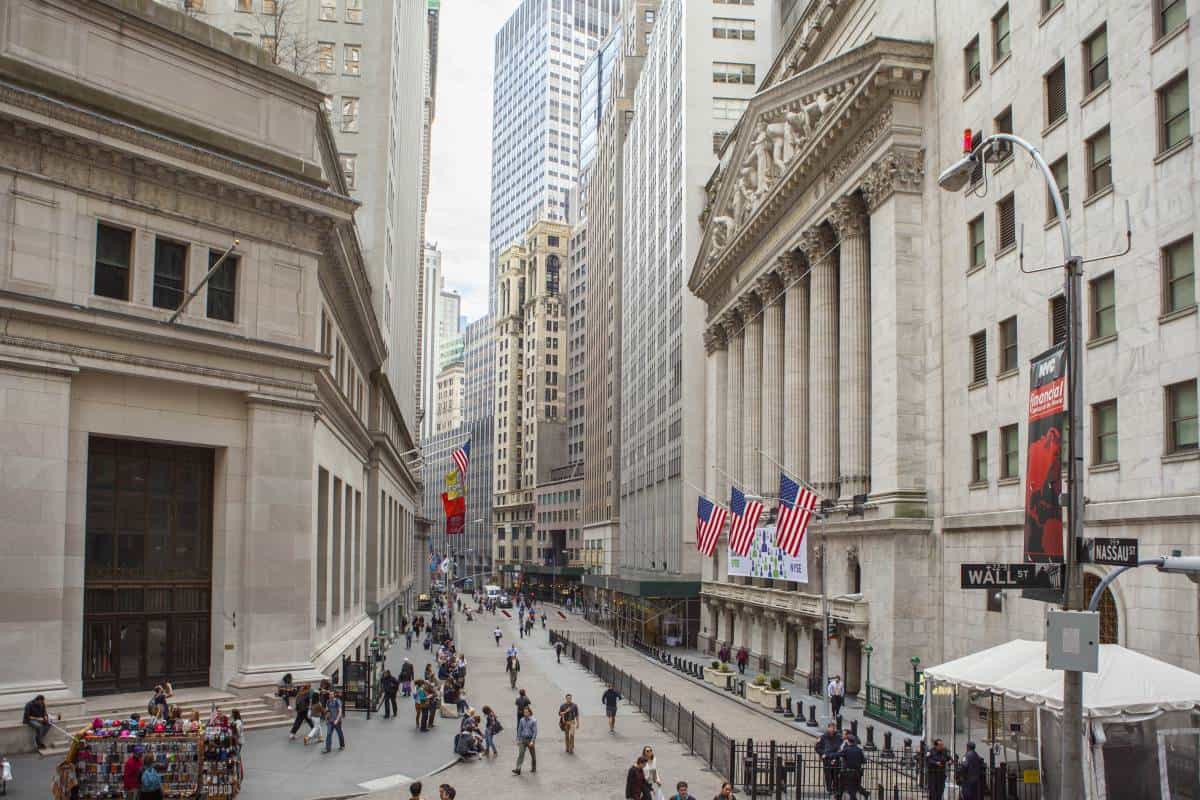All in all, the stock market is hanging tough in what has been a turbulent two weeks for humanity.
The Dow Jones Industrial Average is up more than 600 points on Wednesday as of this writing. Both the S&P 500 and Nasdaq Composite are nearing gains of 2%. All three major indexes are nicely off the lows hit by the close of trading on Feb. 23, a mere hours before Russia invaded Ukraine.
Every member of the FAANG [Facebook/Meta, Apple, Amazon, Netflix, Google/Alphabet] cohort has gained in the last five trading days as luck would have it, paced by a nearly 7% increase in Alphabet.
And believe us, there are many things trying very hard to bring the major stock indexes to their collective knees.
Oil prices ripped through $110 a barrel on Wednesday as the war between Russia and Ukraine intensified. Western company after Western company are saying see you later to Russia in light of its action. One of the latest names is credit card giant American Express.
These actions by the West has some Wall Street strategists telling Yahoo Finance Live the Russian economy is poised to nosedive into a deep, protracted recession.
Meanwhile top emerging market investors such as Mark Mobius tell us Russia may be uninvestable for more than a year, and putting money to work in other emerging markets like China and Brazil are not without heightened risk.
And as oil prices spike — and it can be considered a spike (leading to a potential super-spike as Goldman Sachs chief commodities strategist Jeff Currie explained to us) — gas prices in America keep on rising, rising and rising further. The average price of petrol in California is approaching $5 a gallon, the highest in the country.
The extra money gas inflation will siphon out of the pockets of consumers is real. That’s money that could be spent at Macy’s for a new pair of jeans. That’s extra money it will cost a FedEx to ship a package due to higher fuel expenditures. And what is FedEx likely to do about it? Jack up prices further on the beat-up wallets of consumers.
Despite the litany of issues — which naturally could hammer corporate profits in 2022 — there is the good ole’ stock market hanging tough. Why is that the case you ask? I am glad you did ask.
Market pros say that investors are looking beyond all the headline chaos and remain fixated on the king daddy of factors that tend to upset stock price valuations.
Higher interest rates from the Federal Reserve. Weird stuff, right?
“One of the reasons why the stock market has held up so well is belief that the Fed will not be as aggressive in their new tightening policy as some were thinking they would be before the crisis in eastern Europe erupted. So if we get some positive reinforcement on this subject, the stock market could hold up (or even bounce) for a while,” said Miller Tabak chief markets strategist Matt Maley.
Maley is on the mark here, judging by the positive reaction in stock prices to fresh commentary from Fed chief Jerome Powell in his testimony to lawmakers today.
“The bottom line is we will proceed but we will proceed carefully as we learn more about the implications of the Ukraine war,” Powell told the House Financial Services Committee.
Yahoo Finance Fed correspondent Brian Cheung points out Powell said he supports increasing short-term interest rates by 0.25% in the next policy-setting meeting on March 15 and 16.
Coming into March, most market experts were bracing for a 50-basis rate hike at the March meeting followed by eight to 10 more increases in rates into year-end. But Powell has officially reset the narrative, and investors love it.
So there you have it, folks.
Inflation is running rampant. Profit margins are under attack. Vladimir Putin is playing terror to the world. And yet, there are markets fixated on rate hike comments from one of the most powerful people in the financial industry in Powell.
No one said investing made sense. It doesn’t make sense now, and it will unlikely make sense tomorrow. Rest assured, however, that at some point soon markets will move beyond rate hike fears and refocus on geopolitical and macroeconomic risks.
When that happens, those aforementioned Feb. 23 lows for stocks could be in play. You have been warned.

